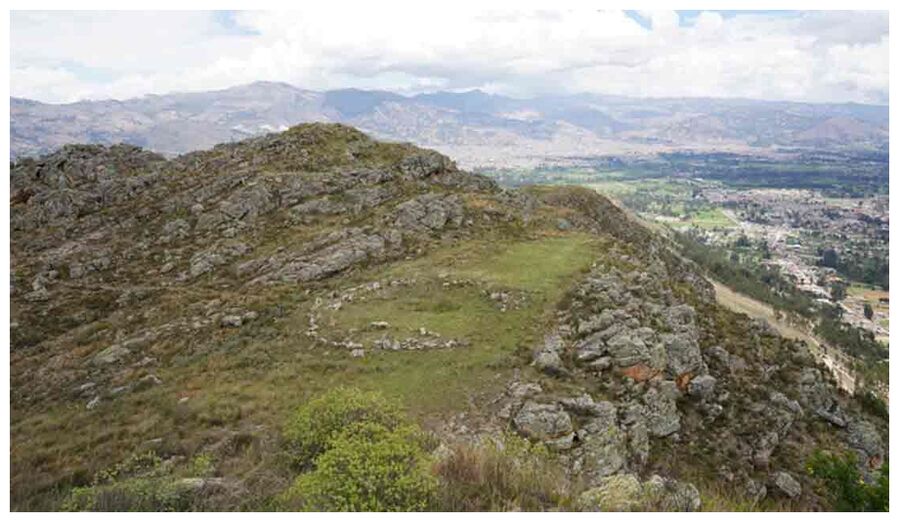
The plaza, which is situated at the Callacpuma archaeological site in the Cajamarca Basin of northern Peru, was constructed using large megalithic stones that were arranged vertically, a technique not previously used in the Andes.
This significant finding is a unique structure of a stone circle, where offerings were made to long-forgotten gods over several millennia at an elevation of more than 3,000 meters (9850 feet) above sea level.
The project's leaders, Associate Professor Jason Toohey, and Professor Melissa Murphy, have been researching this topic since the project began in 2015. Excavations for the plaza began in 2018.
Their article, published in the journal Science Advances, provides new information about the northern Andes' oldest known circular megalithic plaza. Radiocarbon dating indicates that it was built around 4,750 years ago, during the Late Preceramic Period, making it one of the Americas' earliest examples of this type of architecture.
Large megalithic stones are set in two concentric circles, each measuring 18 meters (60 feet) in diameter. This arrangement creates a ceremonial area that is full of unknown information from the time when hunter-gatherers in what is now Peru began to build more sophisticated societies.
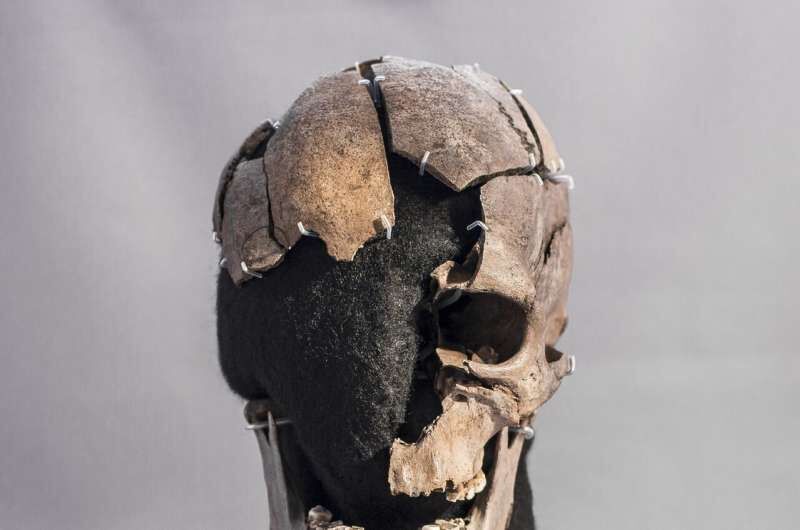
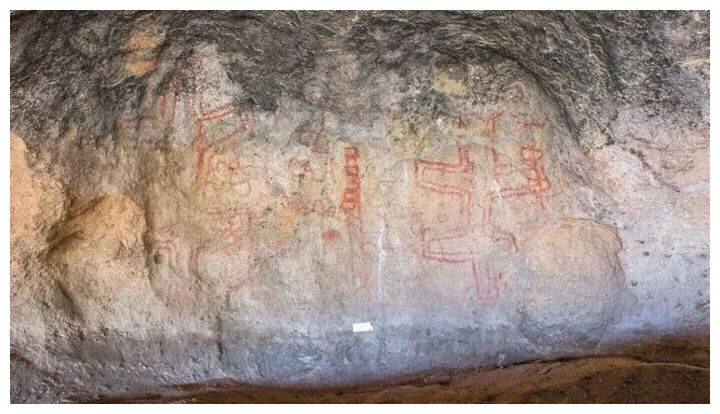
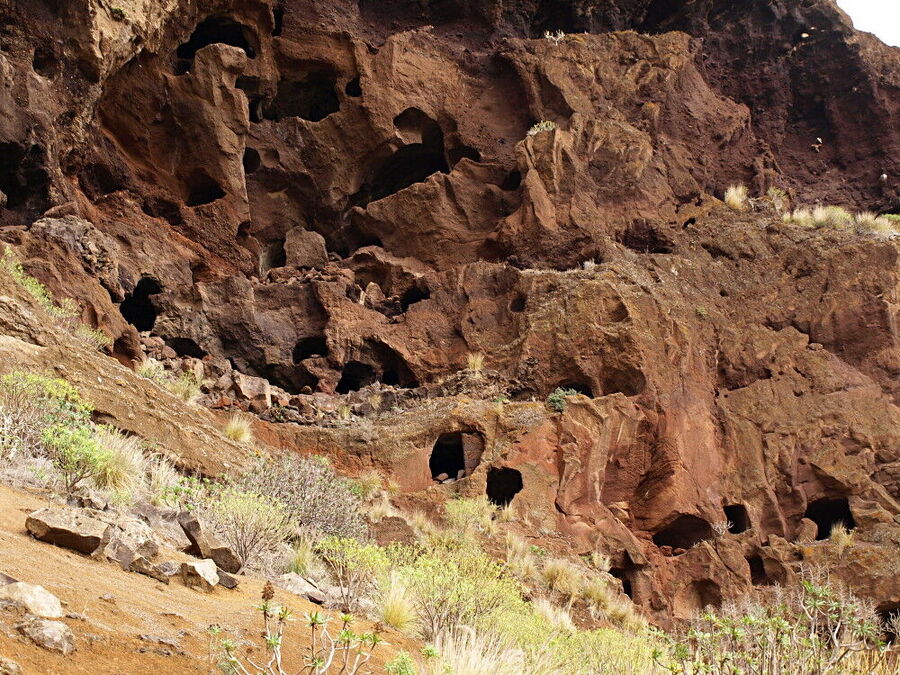

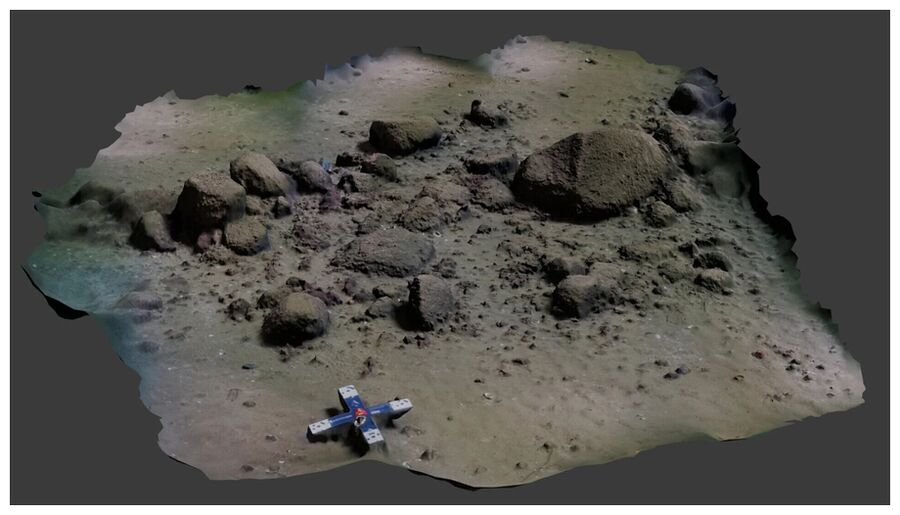



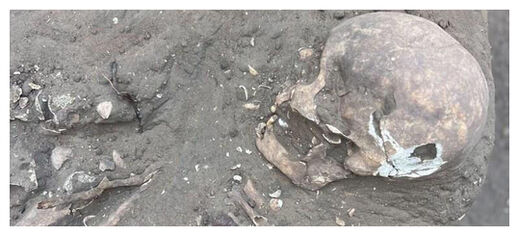



Comment: It's interesting that during the transitional period of hunter-gatherer to farming that ritual sacrifice was 'common', because a number of researchers have theorised that human sacrifice - and other, stranger practices - became more prominent at times of significant climate shifts and scarcity; and one can imagine that the shift to farming may been, at least in part, an attempt to create secure and reliable ways to obtain of food: